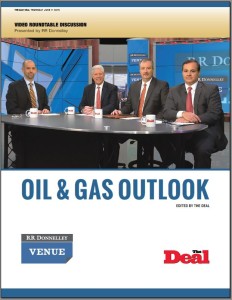The Sabine Oil & Gas Corp. chapter 11 bankruptcy has been closely watched by many for guidance on how to structure midstream gathering agreements between upstream producers and midstream gatherers (who gather, transport and process oil and gas after it has been extracted from the land). On May 25, 2018, the U.S. Court of Appeals for the Second Circuit held that the debtor, Sabine, had the right to reject gathering agreements with two midstream companies. In re Sabine, 2018 WL 2386902 (2d. Cir. May 25, 2018). In the Sabine agreements, Sabine had agreed to dedicate all of the gas produced from a designated area for processing by one of the midstream gatherers.
Looking to Texas law, the Second Circuit ruled that for the agreements to be treated as covenants “running with the land” immune from such rejection by the debtor, there would have to be horizontal privity relating to the land. For horizontal privity to exist, there must be a common interest in the land in addition to the applicable covenant at the time of the agreement. For example, horizontal privity exists where Party A conveys a fee interest in real property in fee to Party B, if as part of the same transaction Party B grants Party A a leasehold interest over the conveyed real property. Because, in the view of the Second Circuit, there was no such privity in the Sabine case, the agreements were subject to rejection.
The Second Circuit’s rationale surprised some because the district court had relied on a different theory in allowing the rejection of the agreement. Because the Second Circuit’s ruling was made by summary order and was not intended to have precedential effect, and because it speaks to Texas law, the decision will have limited, if any, precedential value. Nonetheless, this Second Circuit ruling will be looked at by other courts facing similar issues, and may have some persuasive value. As a result, practitioners may want to examine their approach to midstream gathering and services agreements and whether their agreements should be structured to ensure that horizontal privity exists between the parties.
Case History and Differing Grounds for Decisions READ MORE


